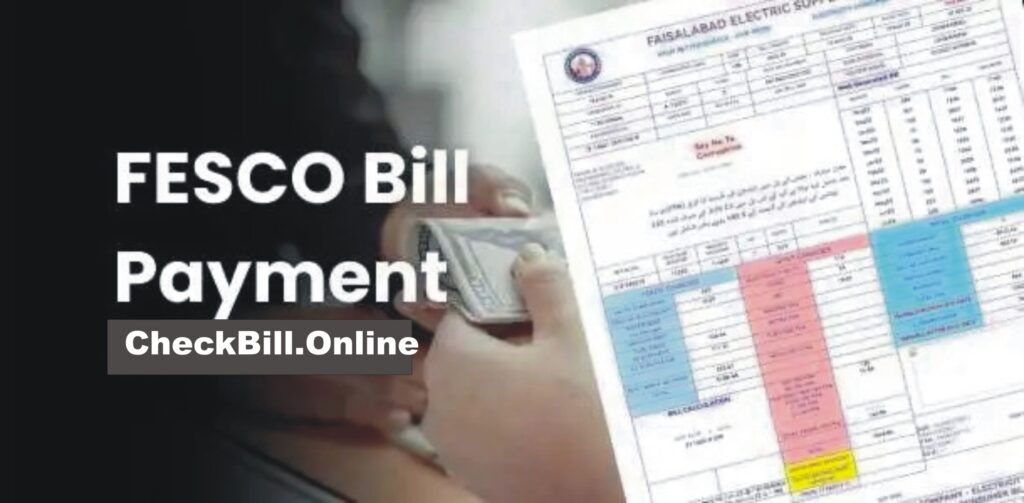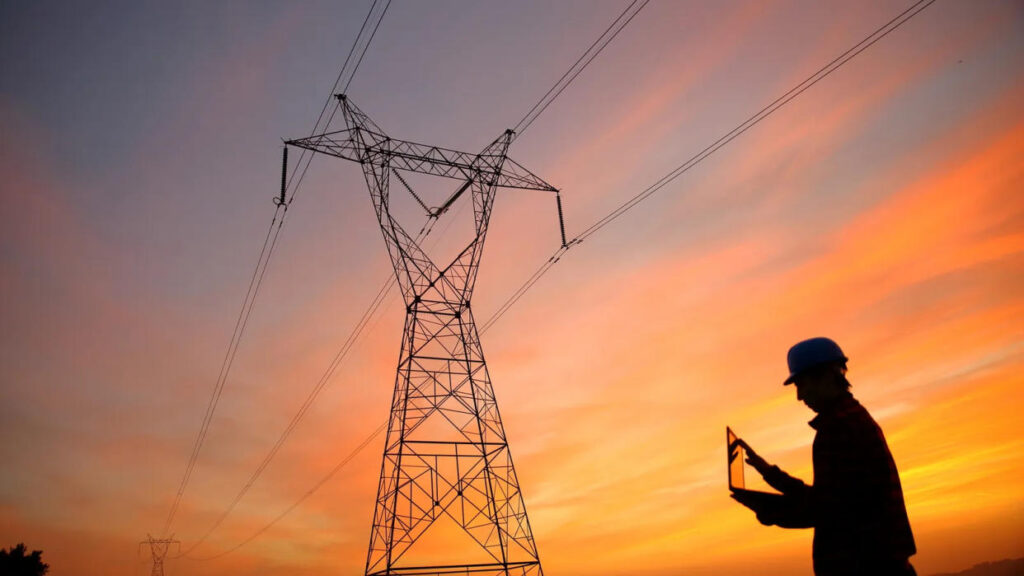Free Electricity Worth Billions: A Perk for Power Sector Employees
The Government of Pakistan allocates billions of rupees annually to provide free electricity to employees of state-owned power sector entities. This benefit, embedded in their employment terms, covers both serving and retired employees. The initiative, although debated, is defended by the Power Division as a common practice among public and corporate organizations in the country.
Key Highlights of Free Electricity Allocation
| Category | Electricity Units Allocated | Number of Beneficiaries |
|---|---|---|
| Current Employees | 308.2 million units | 149,000 employees |
| Retired Employees | 133.2 million units | 51,000 employees |
| Total Allocation | 441.5 million units | 200,000 employees |
Employment Terms and Benefits
The free electricity benefit is part of a comprehensive service package offered to employees of distribution companies (Discos) and other government-owned entities in the power sector. Alongside free electricity, these employees enjoy perks such as:
- Medical Benefits: Comprehensive healthcare coverage.
- Accommodation Allowance: Housing or monetary substitutes.
- Pensions and Retirement Packages: Long-term financial security.
Distribution of Free Electricity
The majority of the electricity units, totaling 308.2 million, are allocated to serving employees. Meanwhile, retired employees are entitled to 133.2 million units annually. These allocations ensure that both active and retired personnel in the sector benefit from this policy.
Key Organizations Benefiting
- Distribution Companies (Discos): Employing around 149,000 individuals, Discos are the largest beneficiaries.
- Other State-Owned Entities: Employees of organizations like NTDC and GENCOs also benefit.
Comparison with Other Sectors
The Power Division highlights that this practice is not unique to the power sector. Similar benefits are extended to employees of:
- Pakistan International Airlines (PIA)
- Sui Northern Gas Pipelines Limited (SNGPL)
- Sui Southern Gas Company (SSGC)
- Pakistan Railways
- Pakistan Telecommunication Company Limited (PTCL)
These perks are seen as incentives to attract and retain talent in vital public sector organizations.
Controversy and Public Debate
While the Power Division defends the policy, critics argue that free electricity benefits come at a cost to taxpayers. The annual allocation of 441.5 million units translates into significant financial implications. This has sparked debates about the sustainability and fairness of such practices.
Arguments in Favor
- Employee Retention: Attractive benefits help retain skilled employees.
- Historical Agreements: These perks are part of longstanding employment contracts.
Arguments Against
- Taxpayer Burden: Critics argue that taxpayers bear the financial burden of these benefits.
- Need for Reforms: Many believe that modernizing employment contracts and removing such perks could lead to cost savings.
Policy Justification
In a written response to the National Assembly, the Power Division emphasized that these benefits are integral to employment terms and are comparable to perks offered in other sectors. Officials argue that removing these benefits could lead to dissatisfaction among employees and affect the sector’s performance.
The Financial Impact
With over 441.5 million units of electricity distributed for free annually, the cost to the government runs into billions of rupees. This expense is funded through public resources, raising questions about its long-term viability in a country already grappling with financial challenges.
Conclusion
The provision of free electricity to employees of Pakistan’s power sector remains a contentious issue. While it is justified as a contractual obligation and a means to retain talent, it also places a heavy financial burden on the nation. As debates continue, there is growing pressure for the government to reevaluate these policies and explore more sustainable alternatives.

